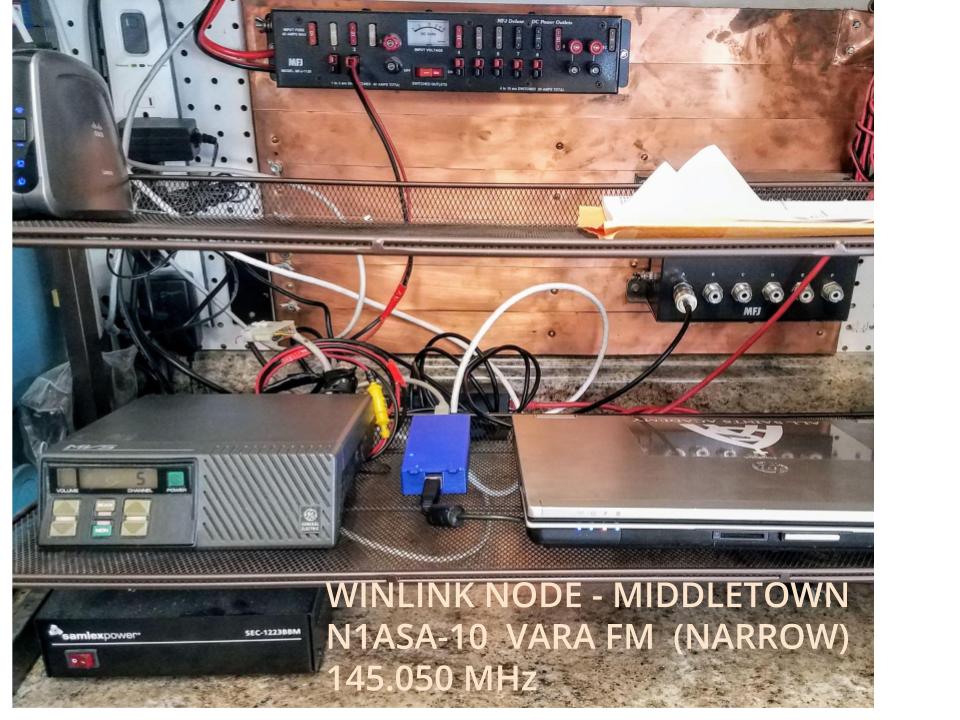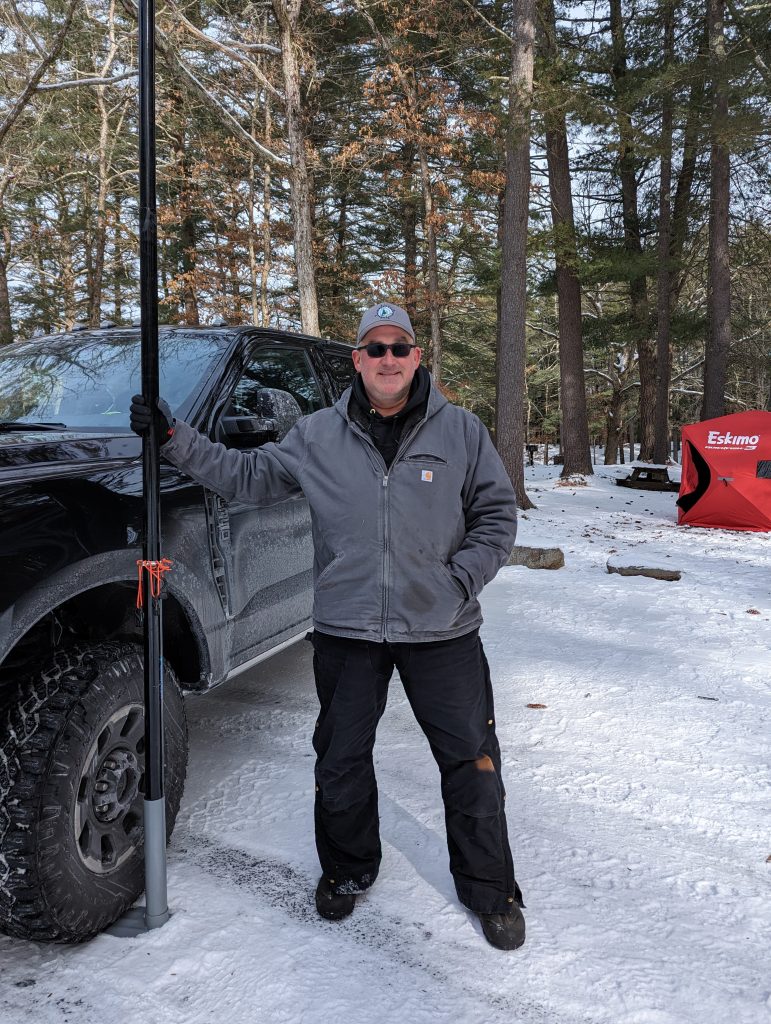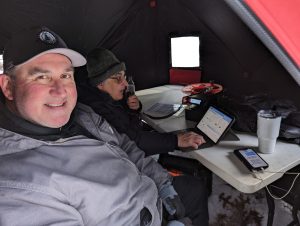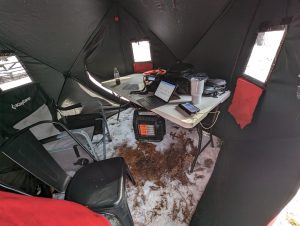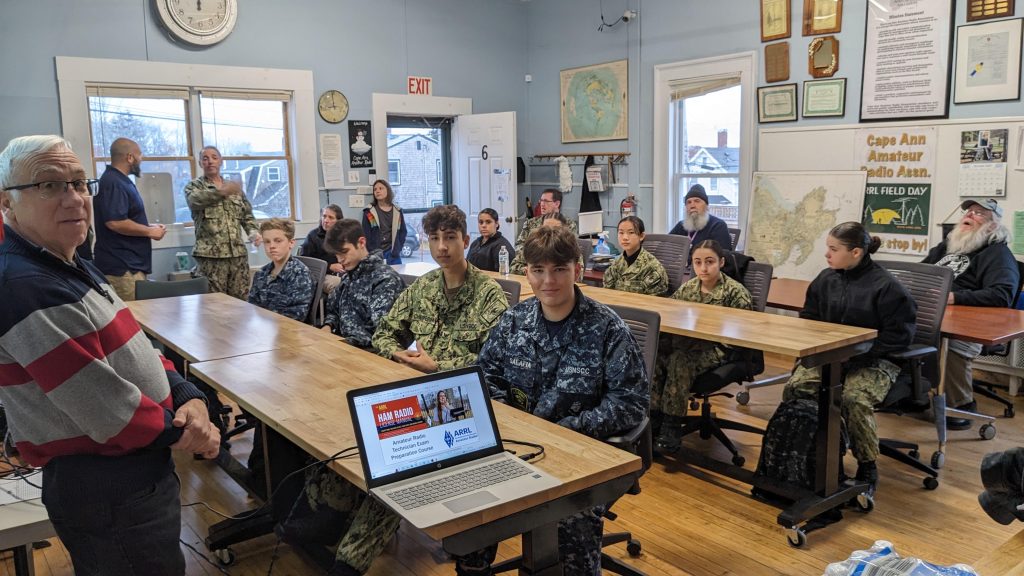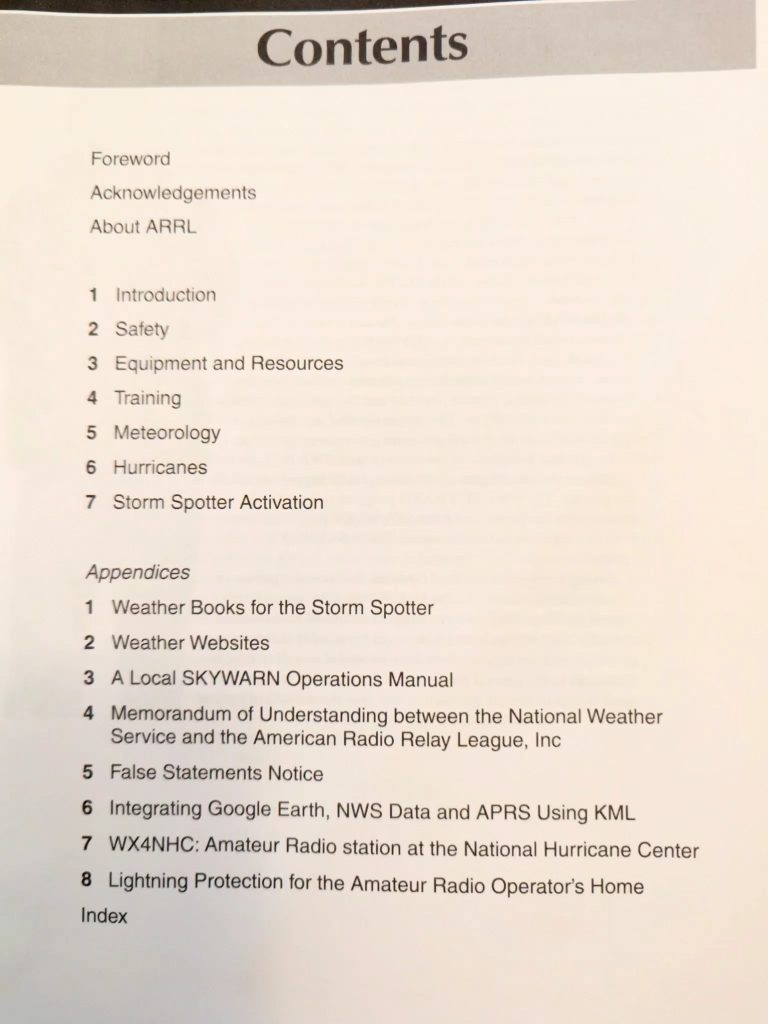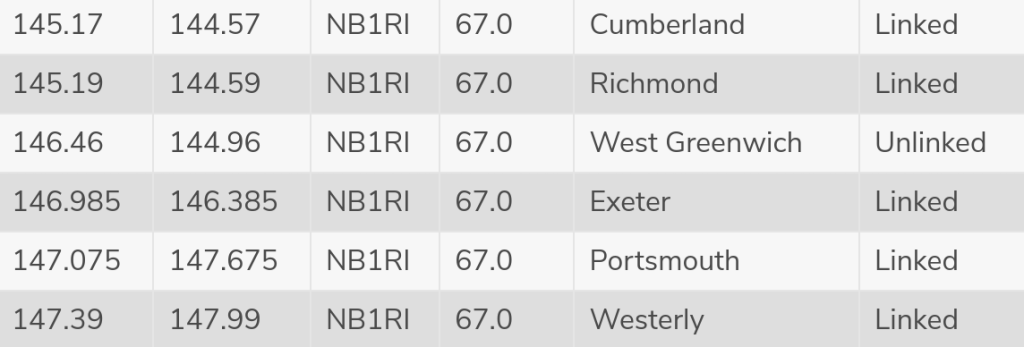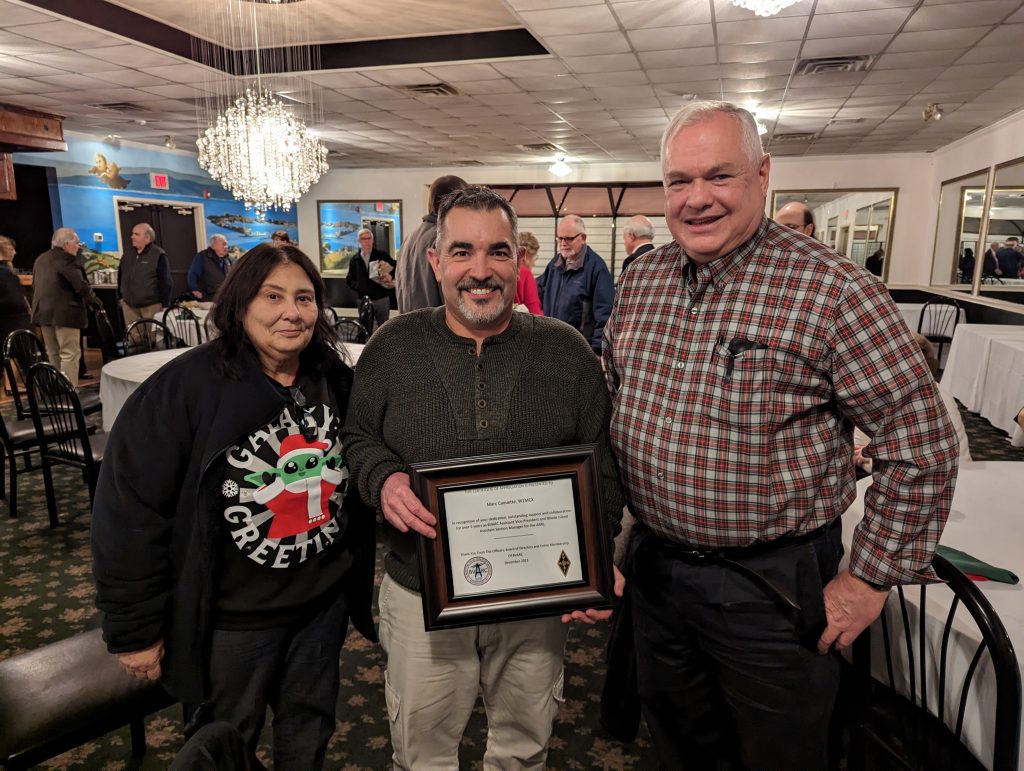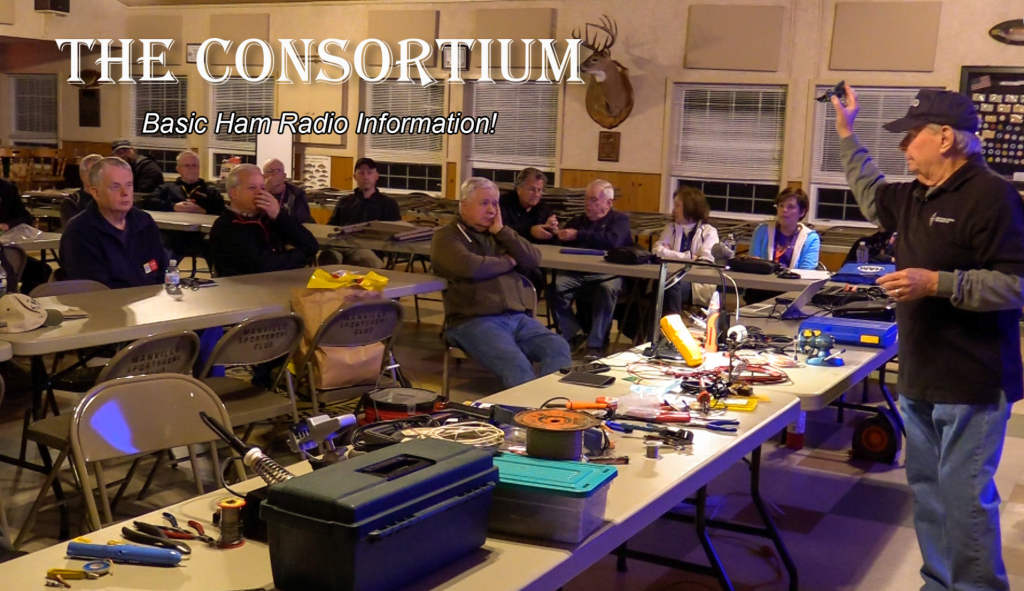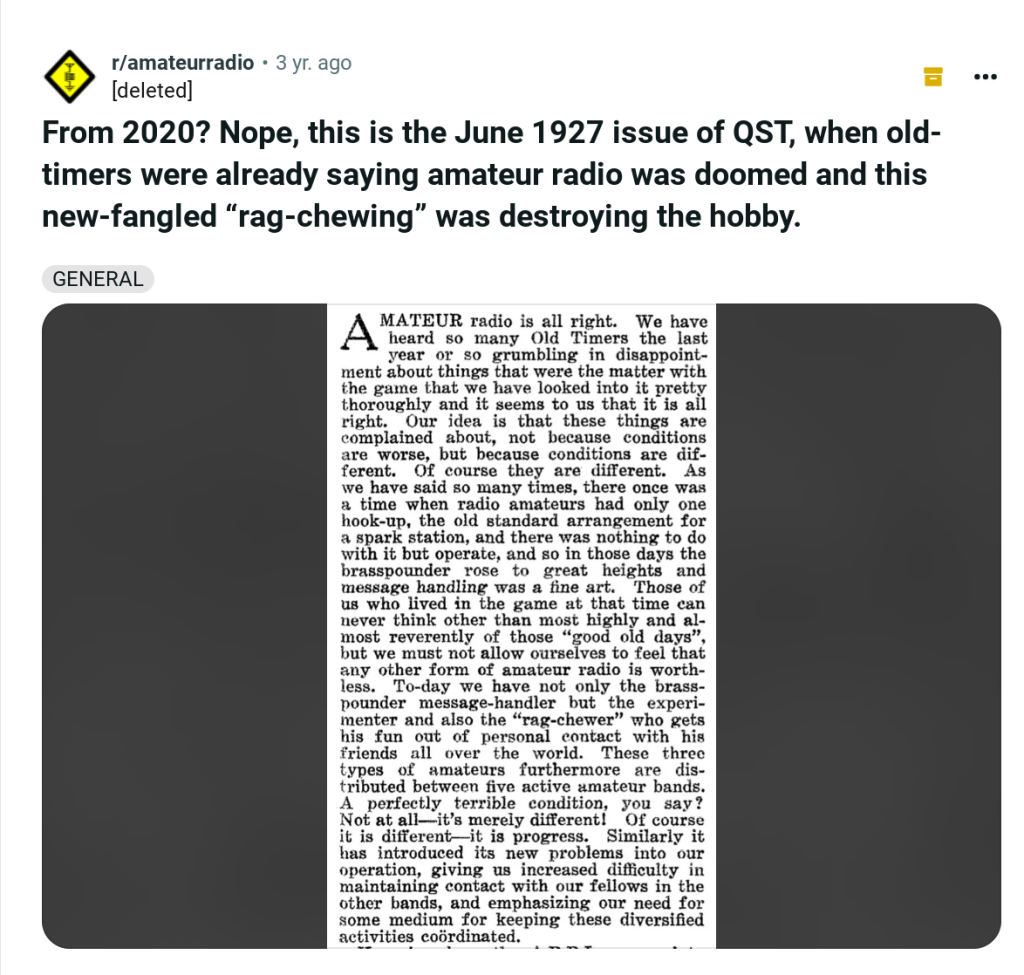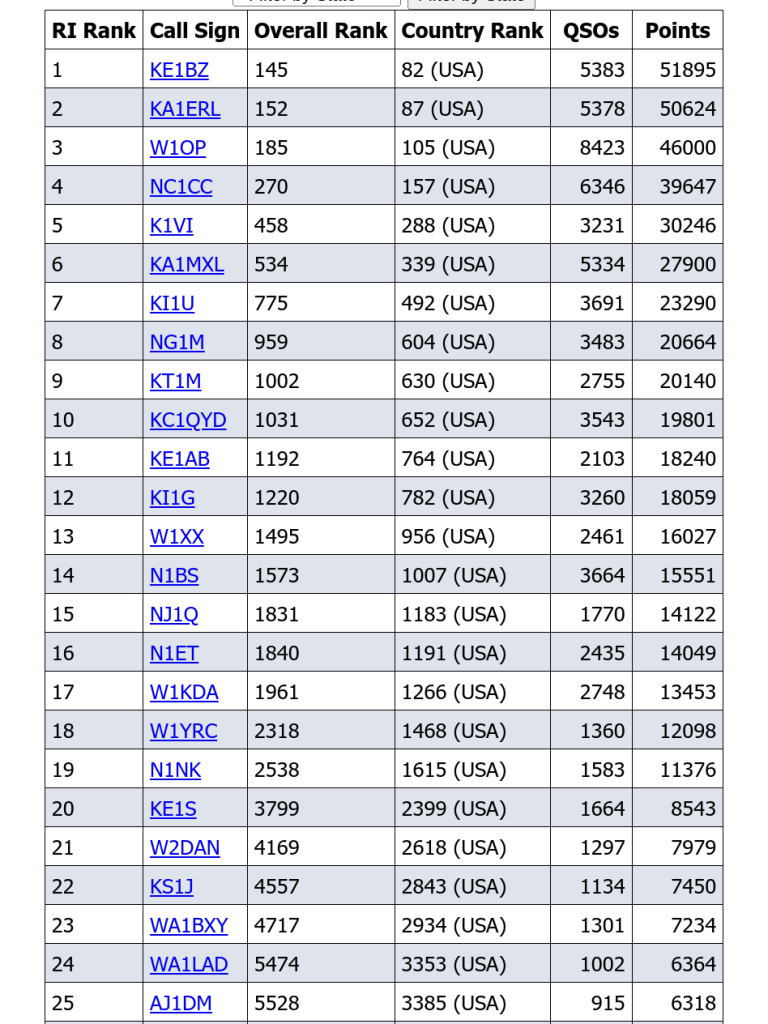Exploring a data-driven approach to discover opportunities and help set priorities for the RI Section in 2024
The Rhode Island Section within the New England Division
I wrongly assumed Rhode Island was the smallest of the six states that make up the ARRL New England Division in terms of these three categories: geographic size, population, and also number of licensed amateur radio operators.
Yes, Rhode Island geographically is the smallest state in the United States, covering an area of 1,214 square miles, with distances North to South at 48 miles and East to West 37 miles.
Yes, Rhode Island has the fewest number of FCC licensed amateurs in New England. But no, Vermont’s population is smaller. Who knew?
Surprisingly, Rhode Island is both the most densely populated New England state, and yet has among the fewest per capita hams in not only New England, but also in the United States. Rhode Island’s ham per capita ranking is down there with Puerto Rico and Louisiana – places where one might expect the value of hard lessons learnt about resilient communication to inspire folks to join our community. What is that about?
On the other hand, it was a delightful surprise to discover that the Rhode Island Section currently ranks second in the New England Division for ARRL membership per licensed amateurs. Congrats on that!
So, Rhode Island may have far fewer hams per capita than its neighbors, but these hams are more likely to belong to the ARRL.
Add this in: only a fraction of Rhode Island radio amateurs belong to a club. Despite the strong club options at hand. Why is this? Are they mostly inactive hams who got licensed but lost interest? That explanation only gets us so far.
Surprisingly (to me), Rhode Island’s almost 1900 licensed hams include many many loyal and dedicated ARRL members who do not participate in RI club life at all. Many more Rhode Island hams belong to ARRL than belong to a club. (Although, by definition, ARRL-affiliated clubs have more than half their voting membership belonging to ARRL.) Is this about raising awareness of what the strong existing clubs are doing and have to offer, each in their own way? Perhaps it involves promoting how most RI clubs now have established remote/hybrid options for club meetings?
Maybe this means getting better at identifying Section-wide opportunities to meet other RI hams informally and get involved. From Parks on the Air Meet & Greets to a revitalized ARES hub of connecting to RI SME talks, tours or profiles on say advanced topics in emerging radio technologies. How can the Section better meet this group’s needs and celebrate their enthusiasm and contributions?
In the September RI Section Newsletter I shared the six-month data on new RI hams and upgrades. Here’s an update: from April 5, 2023 to December 5, 2023 the Rhode Island amateur radio community welcomed 37 new hams and congratulated 37 license upgrades. Congrats again, and welcome! Thank you to everyone involved in mentoring to make this happen and keep the journey going forward. (See below for aligned January calendar events.)
How might this data dive help inform our Rhode Island Section radio amateur strategy in 2024 and help strengthen our state? Are we communicating the right message about why amateur radio? Why both join and join in? It seems ever clearer to me that participating locally, regionally and nationally in support of the ARRL is foundational for the continued success of amateur radio, now and into the future of our endlessly fascinating gateway hobby of a lifetime.
Here’s the data
FCC licensed amateurs in the six New England Division states as of December 30, 2023:
MA 13,300 | CT 7176 | NH 5695 | Maine 4467 |VT 2095 | RI 1896 source: https://www.arrl.org/fcc-license-counts
New England population census data as of July 1, 2023: MA 7,001,399 | CT 3,617,176 | NH 1,402,054 | Maine 1,395,722 | RI 1,095,962 | VT 647,464 source: https://www.census.gov/quickfacts/fact/table/VT,RI,NH,ME,MA,CT/PST045222
estimate of Hams per Capita as of Dec 30, 2023: NH .406% | VT .324% | ME .320% | CT .198% | MA .190% | RI .173%
This might suggest that in each of the six New England states, population has increased faster than licensing new amateurs per this 2021 comparison of US States and territories hams/capita: #6: NH 0.416% | #11: ME 0.342% | #12: VT 0.335% | #32: CT 0.211% | #38: MA 0.196% | #45: RI 0.181% source for 2021 data – hams per capita: https://k8vsy.radio/2021/09/ham-radio-licenses-us-states-per-capita.html
But wait: population decreased in RI and MA. So either hams relocated, dropped away or became Silent Keys. In any event, there remains an elusive replacement benchmark everyone seems to be trying different tactics to achieve. Note that the RI population over 65 is roughly equal to that 18 and under. (18.9% to 18.6%, leaving 62.5% of the RI population ages 19-64. And, yes, almost 51% are female.) So, lots of opportunities to connect with the right message and messenger at the right time. https://www.census.gov/quickfacts/fact/table/VT,RI,NH,ME,MA,CT/PST045222
Insights for 2024
How to scale engagement? We definitely have a capacity issue and a top priority remains to identify and recruit new talent and empower them with inclusive leadership opportunities to take on a project and see it through to benefit the whole Section. Great to see unfolding plans happening with ARES, Skywarn, NTS, POTA, and the New England mesh infrastructure collaboration.
Another recommended priority program focus is on revitalizing now-inactive clubs at Rhode Island superb colleges and universities. The ARRL’s Bob Inderbitzen, NQ1R, Director of Marketing and Innovation, is doing remarkable things in this space, and we welcome opportunities to collaborate (- And we have the teams identified and ready to take action.) Future postings will share more about the ARRL’s CARP initiative. “Since the ARRL Collegiate Amateur Radio Program (CARP) was established in 2017, we’ve been growing our community of participating students and ham radio clubs at colleges and universities. CARP holds monthly Zoom meetups and makes connections through our CARP Facebook group and Discord.” See for example: https://www.hamcation.com/forums-speaker-info?event=71 and https://www.arrl.org/collegiate-amateur-radio
Another plan for reaching more hams is to revisit RI’s many companies in the electronics, wireless, tech, defense contractors, and now blue economy sector that might have once hosted small ham clubs on site, but have not made this a thing post-pandemic. Company “Ham Communities of Interest” or small clubs are not a new idea, but maybe it’s time to explore what this might look like in 2024. What do people think? It would further validate radio literacy as part of a successful career path and reach/support the young 20s-50s professional demographic during a busy time of work/life.
Yes, 2024 will be a time of challenge, opportunity, and change. I would like to thank the Rhode Island Section for the support I’ve received in my first six-months as your new Section Manager. Let’s make the most of the year ahead, and look back in twelve months and know we did the best we could to come together as a growing, vital amateur radio community.
January 2024 Section Calendar Invites to GOTA, Skill Build, and/or Meet & Greet other RI hams
January 1-7: POTA national New Year’s Week GOTA https://parksontheair.com/ Click on POTA Spots and then sort by Region to contact RI operators
January 3: Join our RI ARES Zoom call, 7:30-8:30pm and get involved as RI SEC Jeremy Taylor, K1JST offers another skill building challenge.
- Details on the RI ARES website calendar https://riares.org/
- Learn more about participating in a FEMA Region 1 Winlink test to be conducted in January without announcement.
January 8: The Consortium – “All About Vertical Antennas”
- 7-9pm in person at 250 High St., Manville RI. Check the BVARC website for details.
- All are welcome.
January 20-21: RI POTA Meet & Greet NW & SE & maybe even in-between?
- Yes, its POTA – Support Your Parks weekend and a great chance to welcome all
- RI POTA mapping representative Jim Garman, KC1QDZ is bringing the community together for a Meet & Greet. Stay tuned for location details. All are welcome. Likely Southern location Sunday at new Gull Cove Park k-19541 with its wild dx possibilities. https://pota.app/#/park/K-10541
- Dave, W3DRE of the Providence Radio Association has already announced plans for a PRA club activation up North on Saturday, Jan 20, 2024, 9am-Noon, at K-7508, Pulaski Park, West Glocester, RI. Great opportunity for new connecting and mentoring. Stay tuned!
- Are you or your club interested in spreading the POTA spirit this weekend? Share your plans with Jim, KC1QDZ via email at KC1QDZ at gmail.com
January 27-28: Winter Field Day 2024 https://winterfieldday.org/
- Please register your planned WFD activation location to the WFD map and let people know if you are open for visitors: https://winterfieldday.org/register-location.php
- WFD Simplex Option for Solo or Field Operators: Using my own call sign, my plan is to again offer to operate from my QTH as a 2m/70cm Simplex for anyone interested in using WFD as even a basic chance to test their local HT Simplex capabilities. I and hopefully others will be monitoring the RI-ARES Simplex frequency for set periods, likely Saturday 2-4pm and Sunday Noon-2pm.
- RI-ARES VHF Simplex frequency: 147.420 MHz.
- Get a band multiplier by also making a UFH contact on or near the 70 cm National Calling frequency of 446 (+/-25kHz). [ie. 446.025, 446.050, 446.075 but likely 446.1] Confirm you can program your HT for Simplex?
- Take on a right-size radio challenge for you this January 2024.
Get licensed! Upgrade? Upcoming RI In-person VE Sessions
Many thanks to these RI Clubs offering in-person VE sessions during Q1 2024 (walk-ins welcome). https://www.arrl.org/find-an-amateur-radio-license-exam-session
License Exam Prep via HamStudy.org. License prep has never been easier than with this transformational learning platform offering self-paced study and practice tests. Available on demand, for free.
Prefer to study with a class? Check out the ARRL listing for classes here, and check back often as 2024 classes get posted: https://www.arrl.org/find-an-amateur-radio-license-class
Clubs & Upcoming Club Anniversaries in 2024
TWO of the Rhode Island Section’s eleven ARRL Affiliated Clubs have anniversaries in 2024. NCRC celebrates its 75th and NB1RI celebrates its 20th!
Let’s help them celebrate and support all our Section clubs. (Don’t forget the ARRL Club Foundation major Club Revitalization Funding opportunity that will be open for application in Spring 2024.)
For your review, here are the 11 RI Section clubs (and club call sign) by date of ARRL affiliation
- THE PROVIDENCE RADIO ASSN, INC. (W1OP) Affiliation Date: 1921 > 103 yrs!!!
- ARA OF S NEW ENGLAND (W1AQ) Affiliation Date: 1931 > 93 yrs
- NEWPORT COUNTY Radio Club (W1SYE) Affiliation Date: 1949-07-18 =75 yrs in 2024! Congrats!
- Blackstone Valley Amateur Radio Club (W1DDD) Affiliation Date: 1956 > 68 yrs
- Fidelity Amateur Radio Club (K1NQG) Affiliation Date: 1966 > 58 yrs
- Brown Univ Radio Club (K1AD) 1975-05-14 = 49 in 2024 UPCOMING 50th in 2025!
- Ocean State AR Group Inc (K1OS) Affiliation Date: 1988 > 36 yrs
- Connecticut Rhode Island Contest Group (KE1S) Affiliation Date: 1996 > 28 yrs
- Narragansett Bay Amateur Radio Club (NB1RI) Affiliation Date: 2004-07-30 = 20 yrs in 2024! Congrats
- PEMA RACES (KK1PMA) Affiliation Date: 2015-02-13 =9 yrs in 2024 UPCOMING 10th in 2025!
- RICOMU (WA1USA) Affiliation Date: 2022 > 2 yrs
VOTA wraps
Many thanks to Mike Corey, KI1U for leading the VOTA RI effort for 2023!
Special thanks to all the clubs and operators who participated in this team contest. Stay tuned for the final results.
Currently W1AW/1 is in 7th place OVERALL on the Leaderboard.
https://vota.arrl.org/leaderboard.php
Congrats also to these top 20 RI VOTA Leaders as of December 31, 2023 shown below.
source: https://vota.arrl.org/leaderboard.php?state=RI&submit=Filter+by+State
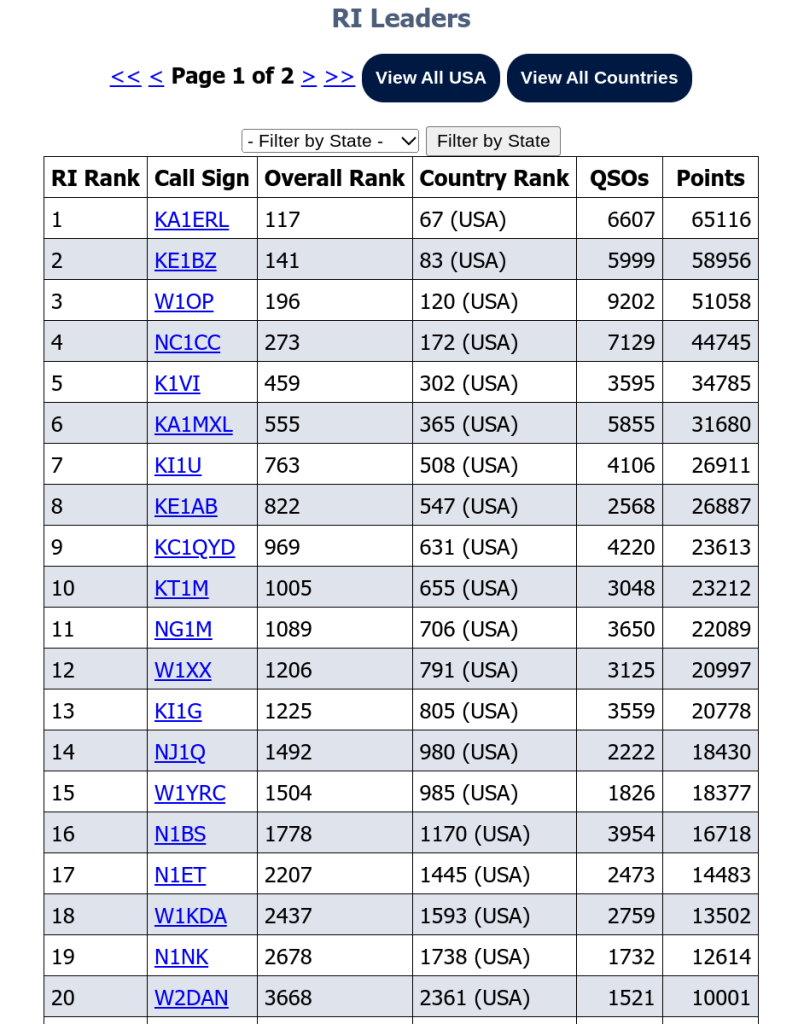
Experimental Radio News 10: HF Trading updates, Crypto & new satellite experiments, the Rockettes embrace drones
Highly recommend the latest issue of Experimental Radio News. Check this out here. (Free to subscribe.) https://www.experimentalradio.news/experimental-radio-news-10/?ref=experimental-radio-news-newsletter
Here’s to embracing change: “New York City’s famous Rockettes dancers received WW9XDQ for sophisticated drones used in shows at Radio City Music Hall.”
Who knew?
https://gizmodo.com/how-a-swarm-of-blinking-drones-ended-up-in-the-rockette-1830738603
“If you haven’t seen the Christmas Spectacular Starring the Radio City Rockettes, you can probably picture the iconic line of dancers kicking in unison, like a salute to American entertainment from a century ago. Well, this year the show got a surprising update: drones.
Dozens of tiny autonomous quadcopters built by Intel float over the Rockettes during the finale of the new show, and the effect is almost magical. Each little drone is essentially an airborne LED light that, from the audience’s perspective, seems to blend in with the set before bursting out over the dancers. In the final minutes of the near century-old show in Radio City Music Hall, the stage seems to come alive with flying robots.
This sort of thing would have melted the brains of the folks who saw the first holiday show with the Rockettes back in 1933.
Yet, here we are.”
BEST WISHES & HAPPY 2024 NEW YEAR
73, Nancy Austin KC1NEK – RI Section Manager
https://ri-arrl.org/2023-12-ri-section-newsletter/
